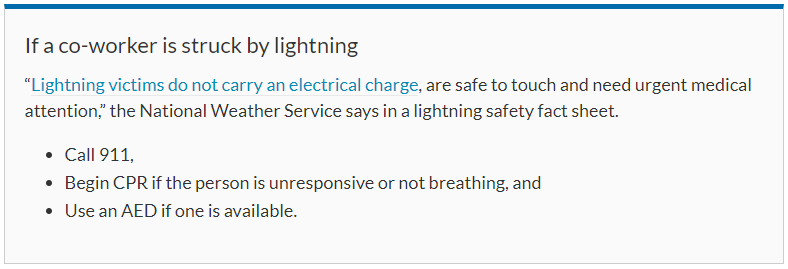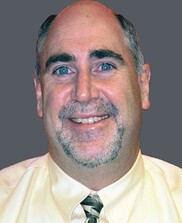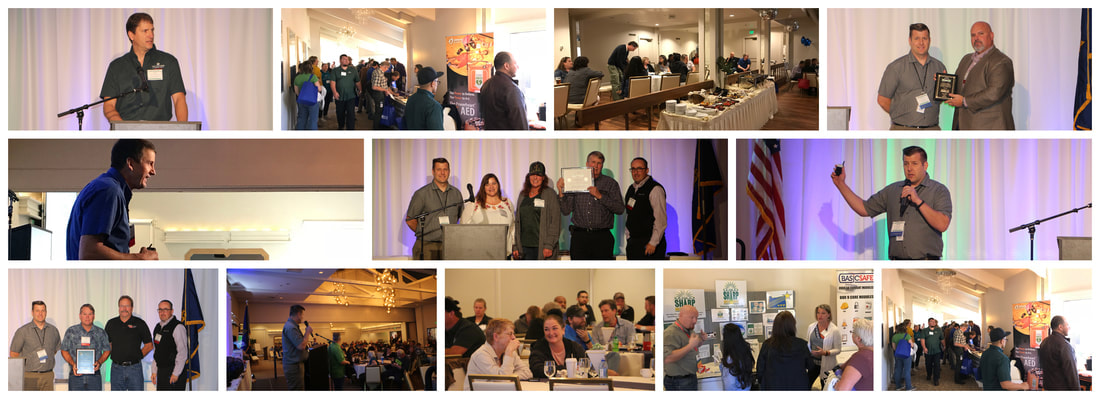
Safety. It is a word that is very broad in its connotation. It can be used in many ways. Because of this, we have to be clear as what we mean when we are talking about safety.
Those who are working in the safety career field, promoting safety in the workforce, generally have an easier time expressing what they mean when they talk about safety. As an example, they don’t tell an employee to “just be safe while driving your forklift.” Rather, they inform the forklift driver of the safety rules of operation, teach how to operate, and evaluate understanding and application of the training. They tell the driver to wear a seatbelt, use driver gloves while operating, balance the loads carried, understand the safety triangle as it relates to load stability and maximum weight the forklift can handle, etc.
I believe that safety professionals do this because they understand that “be safe” does not cover all the risks which can be found in a single job such as driving a forklift. Often this understanding is based on the safety professionals’ inherent heart for safety—for the work safety professionals do. They understand that they need to get to the detail which makes safety actually understood by the person they are trying to have an effect on.
Am I saying that safety professionals who get this are different from others? To some degree I am. I have met safety pros who just want people to not have accidents and injuries. But the majority I have met understand that there are actions that make people safe and these actions are more than the words “be safe!”
Take the time to evaluate how you see safety. If safety is in your heart, you will find yourself giving more helpful guidance and training to your teams. If you are not there yet, spend some time networking with other safety professionals. Get plugged in to the safety community such as the local chapter of the American Society of Safety Professionals. The more heart you put into your safety career field, the more success you will have. By visiting with other safety professionals in your area, you can see more of what such safety looks like and how to make it happen.
Chris Lawrence
Chapter President




 RSS Feed
RSS Feed
